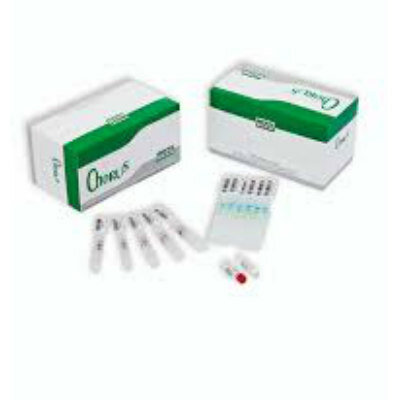Crystallography Study Reveals Details of Angiotensin Receptor Structure
By LabMedica International staff writers
Posted on 12 May 2015
Researchers working with one of the world's most powerful free-electron X-ray lasers have established the crystal structure of the protein angiotensin II type 1 receptor (AT1R), an important blood pressure regulator in the human body.Posted on 12 May 2015
Despite being the primary regulator for blood pressure maintenance, the structural basis for AT1R ligand-binding and regulation has remained elusive, mostly due to the difficulties of growing high-quality crystals for structure determination using synchrotron radiation. However, by applying the recently developed method of serial femtosecond crystallography at an X-ray free-electron laser, investigators at the University of Southern California (Los Angeles, USA) and their colleagues at Deutsches Elektronen-Synchrotron (Hamburg, Germany) successfully determined the room-temperature crystal structure of human AT1R in complex with its selective antagonist ZD7155 at 0.29 nanometers resolution.

Image: This is an illustration of the effects of angiotensin on the AT1R (vasoconstriction, high blood pressure) compared to blocking the receptor (relaxed blood vessel, normal blood pressure) (Photo courtesy of USC - the University of Southern California).
The investigators wrote in a paper published in the April 23, 2015, online edition of the journal Cell that the AT1R-ZD7155 complex structure revealed key structural features of AT1R and critical interactions for ZD7155 binding. Docking simulations of the clinically used AT1R blockers (ARBs) into the AT1R structure further elucidated both the common and distinct binding modes for these anti-hypertensive drugs.
"Our work represents a first step in the direction of designing tailor-made blood pressure drugs with fewer side effects," said senior author Dr. Vadim Cherezov, professor of chemistry at the University of Southern California.
Related Links:
University of Southern California
Deutsches Elektronen-Synchrotron













